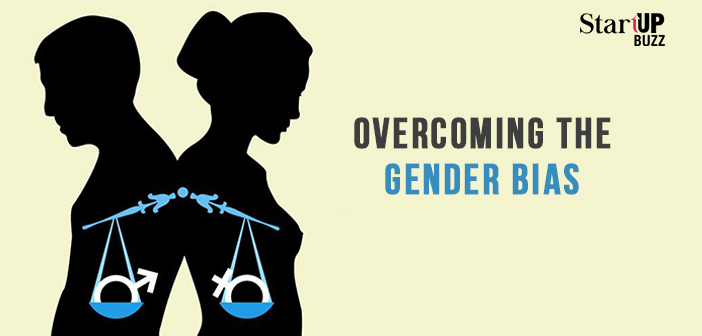
Breaking the glass ceiling is a critical issue that demands our attention and action. The corporate world often presents significant challenges for women aspiring to leadership roles, where gender bias continues to manifest as a significant obstacle in their path to success. This article explores practical strategies to address and overcome these challenges, providing actionable insights for both women and organizations seeking to foster inclusivity. The structure of this article will cover defining gender bias, its manifestation in the corporate setting, and solutions for its eradication. We’ll also examine examples of organizations that have successfully implemented programs designed to promote gender equality.
Understanding Gender Bias in the Corporate World
Defining the Problem
Gender bias in the corporate world manifests in subtle and overt ways, hindering women’s progress. From unconscious biases influencing hiring and promotion decisions to overt discrimination, these obstacles create a significant barrier to women achieving leadership roles. Unconscious biases are often deeply rooted, creating an unconscious preference for candidates that are perceived as aligning better with traditional gender roles in the workplace. They influence everything from initial screening to performance reviews, making it difficult for women to compete fairly against their male counterparts. The perpetuation of gender roles, deeply embedded in societal norms, frequently leads to the underestimation of women’s abilities and contributions. This is frequently reinforced by the corporate culture, which might not overtly express biases but may still inadvertently disadvantage women due to existing norms. This cycle of bias and discrimination can severely limit career progression and create a systemic disadvantage for women.
Identifying the Obstacles to Women’s Advancement
Common Manifestations of Bias
One critical aspect to consider is the role of hiring practices. Women candidates may be overlooked for positions because of subconscious assumptions about their ability to manage family responsibilities or perceived lack of aggressiveness, which are often associated with traditional leadership styles. Performance reviews can also be subjective, influenced by unconscious biases, potentially leading to women being undervalued. Studies have shown that women are often evaluated differently, which often impacts their progress. Women may be passed over for promotions or opportunities for professional development because of a perceived need to emphasize experience over potential. These systems, while often unintentional, create a significant barrier to women reaching higher leadership positions.
Implementing Strategies for Change
Creating Inclusive Policies
Organizations need to adopt proactive measures to combat gender bias in the workplace. These policies should focus on diversity and inclusion initiatives and should address the root causes of these biases. Transparent and clearly defined performance evaluation metrics can help mitigate bias. Organizations can implement blind resume reviews, which eliminate the potential for unconscious biases based on names or other identifying information, and actively encourage more women in leadership positions to mentor others. These strategies can help establish a more equitable and transparent system. Establishing flexible work arrangements and implementing comprehensive parental leave policies are also key elements in allowing women to balance their responsibilities at work and at home. Policies should be created to foster an inclusive work environment where differences are valued.
Creating a Culture of Inclusion
Fostering a supportive atmosphere
Another crucial aspect is fostering a culture of inclusivity within the organization. This includes active efforts to counteract stereotypes and promote allyship. Creating a supportive environment where women feel valued and heard is paramount. Mentorship programs that connect women with senior leaders can be highly effective in providing guidance and support throughout their career. Also, actively fostering a culture of feedback can enable women and men alike to address their own biases and challenge traditional gender roles, improving overall workplace culture. Creating an environment where women feel empowered to speak up and share their opinions can empower women to advance in the company. Implementing these policies and practices to support a culture of mutual respect and support will empower women to succeed.
Case Studies and Examples of Success
Leading by Example
Many organizations have already started implementing strategies to promote gender equality. For instance, companies like Google and IBM have made considerable efforts to increase women’s representation in leadership roles. These include actively seeking out and nurturing female talent, implementing mentorship programs, and creating networks for women professionals. These efforts demonstrate a commitment to creating a fair and inclusive workplace. These initiatives have not only benefited women but also contributed to improved innovation and teamwork.
In conclusion, breaking the glass ceiling in the corporate world necessitates a multifaceted approach that goes beyond individual effort. Organizations must actively implement policies that promote gender equality, foster a culture of inclusivity, and prioritize mentorship opportunities. Furthermore, a shift in societal attitudes and a commitment to gender equality in education and families is crucial for lasting progress. By adopting these strategies, we can foster a workplace that truly values diversity and empowers women to reach their full potential. Continue your journey toward creating a more equitable and inclusive work environment, and be a part of this important movement. Visit our website for further insights and resources on fostering gender equality.